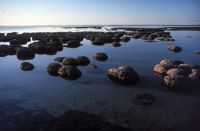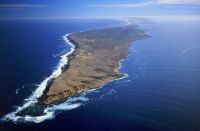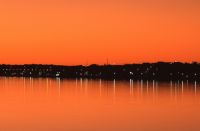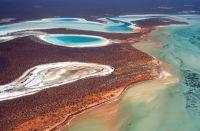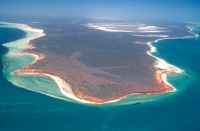World Heritage Shark Bay
The Shark Bay World Heritage Area encompasses some of Australia’s most impressive and significant natural treasures - so much so that is has been rated as one of the world’s most important natural sites.
Shark Bay World Heritage Area covers 2.2 million hectares on the coast of Western Australia. Its colourful and diverse landscapes are home for a profusion of animals and plants, including some found nowhere else on Earth. Vast seagrass meadows feed and shelter globally endangered species. Complex interactions between plants, the climate and the marine environment have allowed unusual 'living fossils' (called stromatolites) to thrive - much as they did at the dawn of time. Shark Bay's extraordinary natural riches are of outstanding global significance.
Shark Bay was inscribed on the World Heritage list in 1991 for its natural heritage values. To be inscribed, properties must be of outstanding universal value and meet at least one of ten selection criteria set by the United Nations Educational, Scientific and Cultural Organisation (UNESCO). Shark Bay satisfied all four of the natural criteria for World Heritage listing and is one of only a handful of places on Earth to do this.
The meeting point of three climatic zones and two botanical provinces, Shark Bay is home to at least 100 species of reptile and amphibian, 240 bird species, 320 fish, 80 corals, 218 bivalves and 820 species of plant. At least 70 of these species are endemic – from emu-wrens to eucalypts, feather flowers to frogs. Found nowhere else in the world, these species secure Shark Bay's status as a place vital for the conservation of the Earth’s biological diversity.
The Shark Bay Prawn Fishery has acted in a sustainable manner since fishing in the area began. The measures undertaken by the Fishery have been commended by UNESCO as an outstanding example of a marine fishery acting to preserve the natural environment.
See www.sharkbay.org.au for further details.
